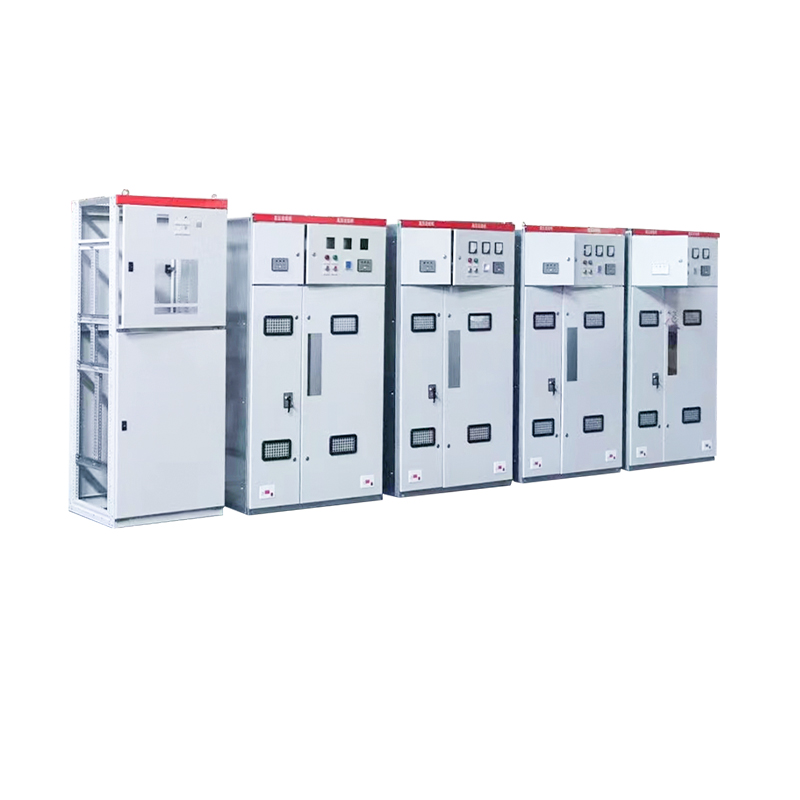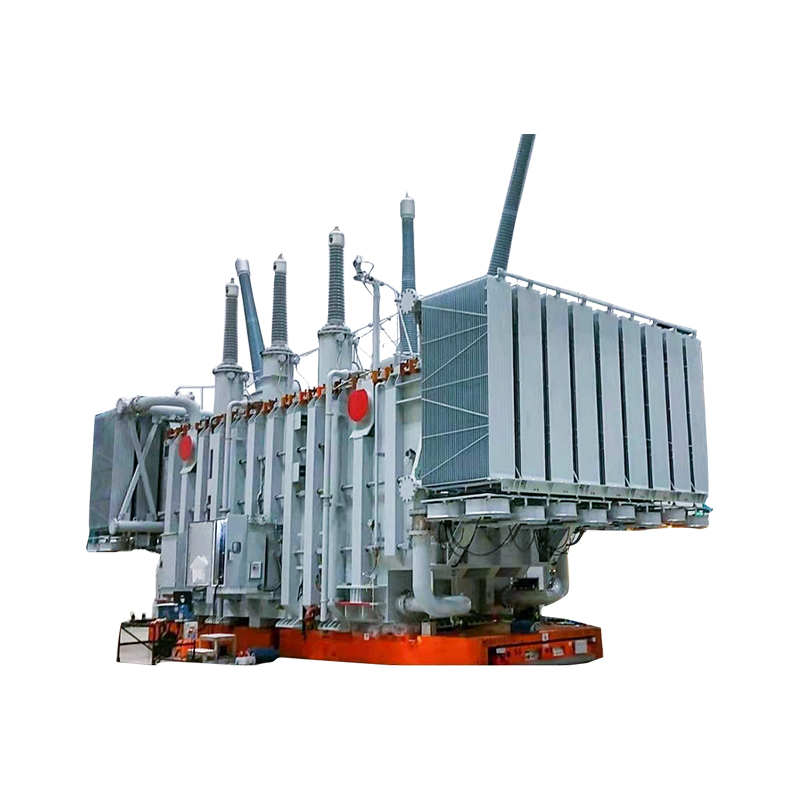Combined transformers are multi-functional electrical equipment used in power distribution and transmission systems. It combines the functions of an external network transformer and a terminal transformer in one unit, making it suitable for a variety of applications. It can be used for both ring network and terminal. It is easy to switch and improves the reliability of power supply.
Home / Products / Pad Mounted Transformer / American Pad Mounted Transformer / Combined Transformer For External Network And Terminal
About Us
Jiangsu Dingxin Electric Co., Ltd.
Jiangsu Dingxin Electric Co., Ltd. specialize in the production of power equipment, with an annual production capacity of 50 million KVA. It mainly produces 110KV, 220KV and 500KV ultra-high voltage transformers, various dry-type transformers, oil-immersed transformers, amorphous alloy transformers, wind and solar energy storage transformers, prefabricated substations and reactors of various specifications with voltage levels of 35KV and below. , electric furnace transformer, rectifier transformer, mining transformer, split transformer, phase shift transformer and other special transformer, custom
3360KVA 23KV
Combined Transformer For External Network And Terminal. company have successively passed IS09001, ISO14001, ISO45001, ISO19011 system certification. Among the customers we cooperate with are many urban and rural power grids, as well as petrochemical, metallurgical, textile enterprises, mines, ports, residential communities, etc. We have long-term cooperation with many well-known companies, and we are also qualified suppliers for many listed companies in the electrical industry. In order to achieve high-efficiency production control, we have our own production facility and strictly adhere to procedures like screening and auditing of raw material suppliers, testing of incoming materials, and comparison of incoming materials. Additionally, each batch of products is inspected and quality-controlled in strict accordance with the supplier's indicators. As OEM3360KVA 23KV
Combined Transformer For External Network And Terminal Manufacturers and Factory in China, We can more readily satisfy customer demands for minimum order quantities, quality control, delivery times, etc.Product sales cover the national market and are exported to Europe, the United States, Australia, Indonesia, Russia, Africa, Vietnam and other countries.Certificate Of Honor
News
Product Industry knowledge
How does Combined Transformer For External Network And Terminal integrate two functions?
The Combined Transformer for External Network and Terminal stands as a technological marvel in the realm of power distribution, seamlessly integrating two crucial functions within a single unit. This transformer serves a dual role, acting as both an external network transformer and a terminal transformer, and its integration of these functions is a key driver of efficiency and adaptability in modern electrical systems.
1. Voltage Transformation Expertise:
At its core, the Combined Transformer is a master of voltage transformation. In the external network function, it adeptly handles high-voltage transmission, efficiently stepping down the voltage for local use when operating as a terminal transformer. This dual capability allows it to straddle both ends of the power distribution spectrum with ease.
2. Compact Design Philosophy:
The integration of external network and terminal functions is made possible by a compact design philosophy. This transformer is engineered to house the necessary components for both roles within a single unit. Its adaptability and versatility stem from this compact form factor, enabling deployment in various locations without sacrificing operational efficiency.
3. Efficient Cooling Strategies:
Managing heat dissipation is a critical aspect of the Combined Transformer's integration strategy. Advanced cooling systems are employed to ensure optimal performance in both external network and terminal modes. Efficient cooling is pivotal in maintaining the transformer's longevity and reliability, especially when transitioning between different operational states.
4. Automated Monitoring and Control Systems:
The integration of functions is further enhanced by automated monitoring and control systems. Real-time data on voltage levels, load conditions, and temperature enable seamless transitions between external network and terminal operations. This automated intelligence contributes to the transformer's ability to adapt swiftly to varying power demands.
5. Compliance with Stringent Standards:
The integration of external network and terminal functions is executed with precision to comply with stringent industry standards. Adherence to guidelines set by organizations such as the International Electrotechnical Commission (IEC) ensures the transformer's safety, reliability, and compatibility within diverse power distribution networks.
6. Flexibility and Scalability:
The Combined Transformer is designed with flexibility and scalability in mind. Its ability to seamlessly transition between external network and terminal roles provides flexibility in deployment, making it suitable for various settings. Moreover, its scalability ensures that the transformer can accommodate changing power demands without requiring extensive modifications.
Is the 3360KVA 23KV Combined Transformer For External Network And Terminal flexible enough in deployment?
In the ever-evolving landscape of power distribution, flexibility in deployment is a paramount consideration. The 3360KVA 23KV Combined Transformer For External Network And Terminal emerges as a stalwart example of adaptability, offering a myriad of features that underscore its remarkable flexibility across diverse deployment scenarios.
1. Voltage Versatility:
The 3360KVA transformer boasts impressive voltage versatility. In its role as an external network transformer, it efficiently handles higher voltages associated with long-distance power transmission. Conversely, as a terminal transformer, it seamlessly steps down the voltage to levels suitable for local distribution. This dexterity in managing various voltage levels makes it a flexible asset in diverse power grids.
2. Compact Design for Varied Spaces:
Flexibility in deployment often hinges on spatial considerations. The transformer's compact design ensures that it can be installed in a variety of settings, from large-scale external networks to more confined terminal substations. This adaptability is crucial in optimizing space utilization without compromising operational efficiency.
3. Efficient Cooling Systems for Different Environments:
Operating conditions can vary widely, from open-air external networks to enclosed terminal substations. The 3360KVA transformer addresses this diversity with efficient cooling systems designed to manage heat dissipation in different environments. This adaptability ensures optimal performance regardless of the prevailing climate.
4. Automated Transitioning Capabilities:
The transformer's automated monitoring and control systems facilitate seamless transitions between external network and terminal modes. This automated intelligence enhances its adaptability, allowing it to respond swiftly to fluctuations in power demand. Such capabilities are essential for maintaining stability in dynamic power distribution networks.
5. Scalability to Accommodate Growth:
As power demands evolve, the 3360KVA transformer demonstrates scalability, accommodating growth without necessitating extensive modifications. This scalability is a crucial aspect of its flexibility, allowing for adjustments in capacity to align with changing power dynamics in the external network and terminal settings.

 English
English русский
русский Español
Español





































